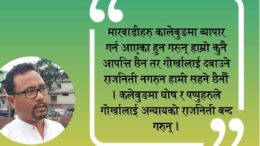Perceptions: My four-year-old and I
The idea of inclusiveness becomes a rarity as we grow more in power. We become more rigid in our thoughts and actions. The world is, no wonder , robbed off its peace and harmony as we are constantly at loggerheads with each other, trying hard to enforce our ideas which we believe to be “absolutely correct” on others.










